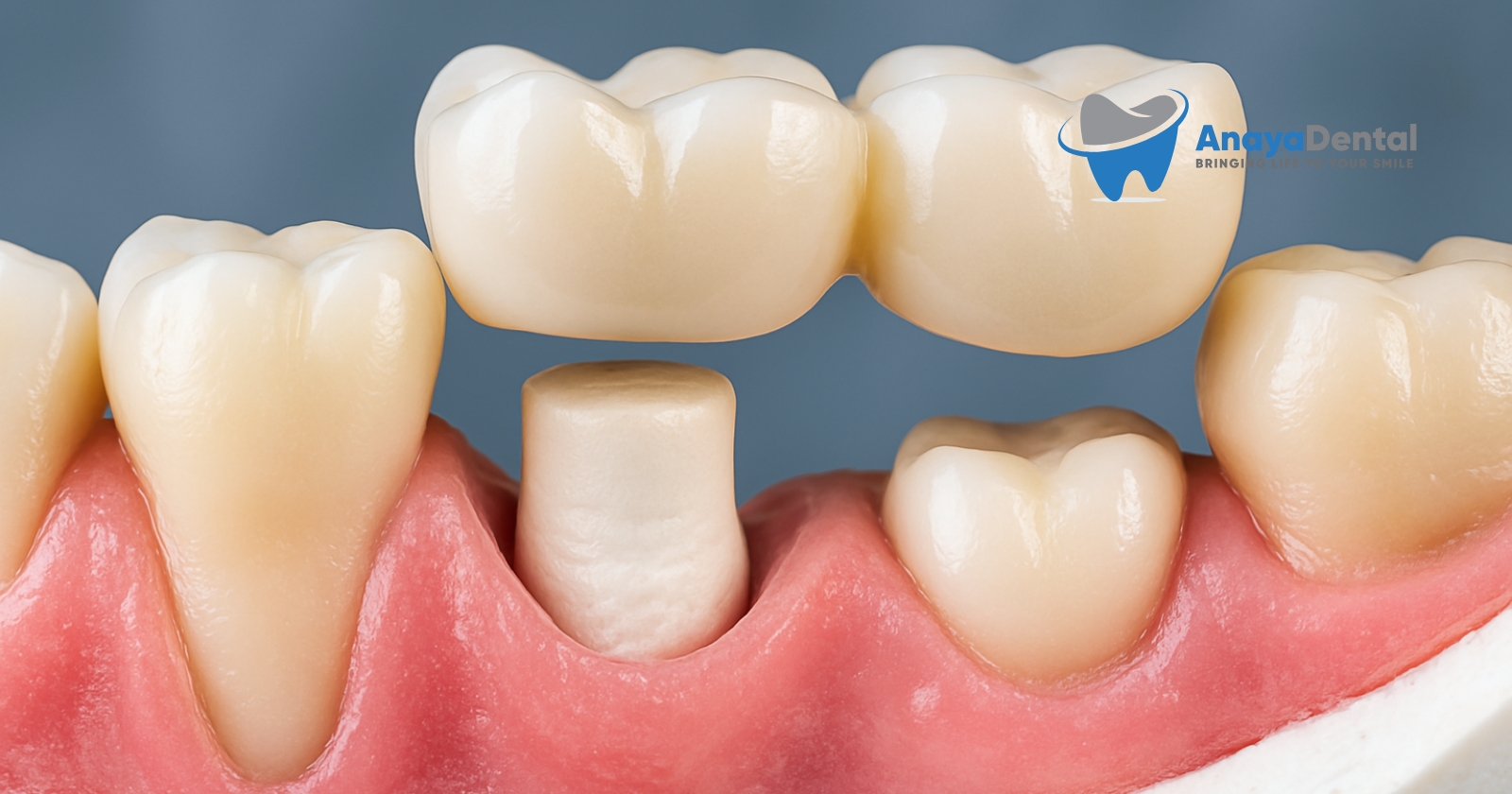When your dentist mentions “four or more surfaces” on a posterior tooth needing restoration, you’re facing a significant dental issue that requires prompt attention. Code D2394 specifically refers to resin-based composite fillings that address extensive damage across multiple surfaces of your back teeth. Understanding this procedure can help you make informed decisions about your dental health and financial planning.
What Exactly Is a D2394 Dental Procedure?
A D2394 procedure involves placing a tooth-colored composite resin filling on four or more surfaces of a posterior (back) tooth. Posterior teeth include your premolars and molars, which handle most of your chewing forces.
Dental surfaces have specific names:
Try Our Dental Calculators
- Occlusal: The chewing surface
- Mesial: The surface facing toward the front of your mouth
- Distal: The surface facing toward the back of your mouth
- Buccal/Facial: The surface facing your cheek
- Lingual: The surface facing your tongue
When four or more of these surfaces require restoration, your dentist will use code D2394 for the procedure.
Why You Might Need This Multi-Surface Restoration
Several conditions might necessitate a four-or-more surface restoration:
- Extensive decay that has spread to multiple surfaces
- Large failing fillings that need replacement
- Fractures affecting multiple tooth surfaces
- Significant wear from grinding or acidic erosion
According to the American Dental Association, approximately 15% of all composite restorations performed annually involve four or more surfaces on posterior teeth, making this a relatively common but serious dental procedure.
The D2394 Procedure: What You Can Expect
The restoration process typically follows these steps:
- Local anesthesia administration to ensure your comfort
- Removal of decay and damaged tooth structure
- Preparation of the cavity with specific shaping for composite retention
- Application of bonding agent to create a strong connection
- Layering of composite resin material in the prepared cavity
- Light-curing each layer to harden the material
- Shaping and polishing the final restoration to match your bite
The entire procedure usually takes 60-90 minutes depending on complexity and the number of teeth being treated.
Resin Composite vs. Other Filling Materials for Posterior Teeth
When treating back teeth with extensive damage, you have several material options:
| Material | Advantages | Disadvantages | Average Lifespan |
|---|---|---|---|
| Resin Composite (D2394) | Tooth-colored, conservative preparation, bonds to tooth | Higher cost, technique-sensitive, potential for increased wear | 7-10 years |
| Amalgam | Highly durable, less technique-sensitive, lower cost | Metal appearance, requires more tooth removal, contains mercury | 10-15 years |
| Gold | Extremely durable, biocompatible, minimal wear | Highest cost, requires multiple visits, metallic appearance | 15-30 years |
| Porcelain/Ceramic | Aesthetic, stain-resistant, durable | More expensive, requires special equipment, may wear opposing teeth | 10-15 years |
Research published in the Journal of the American Dental Association indicates that modern resin composites can perform comparably to amalgam in posterior teeth when properly placed, with success rates of 85-90% at 10 years.
What You’ll Pay: Understanding D2394 Costs
The cost of a D2394 procedure varies based on several factors:
- Geographic location: Urban areas typically charge more
- Dental office overhead: Private practices may charge differently than dental chains
- Tooth location: Molars may cost more than premolars due to accessibility
- Additional procedures: If root canal or other treatments are needed
Without insurance, you can expect to pay between $250-$450 per tooth for a D2394 procedure. This is a significant investment in your dental health, but there are multiple payment options available.
Insurance Coverage and Payment Options for Your D2394 Procedure
Insurance Coverage
Most dental insurance plans classify D2394 as a basic or major restorative procedure. Coverage typically ranges:
- Basic restoration coverage: 70-80% coverage after deductible
- Major restoration coverage: 50% coverage after deductible
- Annual maximums: Most plans cap at $1,000-$2,000 per year
- Waiting periods: New insurance may require 6-12 months before covering
Always verify your specific benefits before scheduling treatment.
Alternative Payment Options
If insurance doesn’t fully cover your needs, consider:
- Dental discount plans: Membership programs offering 15-50% discounts
- Healthcare credit cards (CareCredit, Wells Fargo Health Advantage): Special financing options
- Dental school clinics: Reduced fees (30-50% less) with supervised student dentists
- Payment plans: Many offices offer in-house payment arrangements
- Health Savings Accounts (HSAs) or Flexible Spending Accounts (FSAs): Use pre-tax dollars
Long-Term Care for Your Composite Restoration
To maximize your investment in a D2394 restoration:
- Maintain excellent oral hygiene with regular brushing and flossing
- Use fluoride toothpaste to strengthen surrounding tooth structure
- Avoid excessive forces by not chewing ice or hard objects
- Consider a nightguard if you grind your teeth
- Attend regular checkups to identify any issues early
With proper care, your composite restoration can serve you well for 7-10 years or longer.
When to Consider Alternatives to D2394
In some cases, alternative treatments might be more appropriate:
- Onlays or crowns: For extremely damaged teeth with weakened cusps
- Root canal therapy: If decay has reached the pulp
- Extraction and replacement: When the tooth is too compromised to save
Your dentist will recommend the most appropriate treatment based on your specific condition.
Quick Review
- D2394 refers to resin-based composite fillings for four or more surfaces on posterior teeth
- The procedure addresses extensive damage to back teeth while preserving natural appearance
- Costs typically range from $250-$450 without insurance
- Insurance coverage varies from 50-80% depending on your plan
- With proper care, these restorations can last 7-10 years
- Alternative payment options include discount plans, healthcare credit cards, and payment arrangements
By understanding the D2394 procedure and your financial options, you can make informed decisions about restoring your dental health without unnecessary financial stress.


